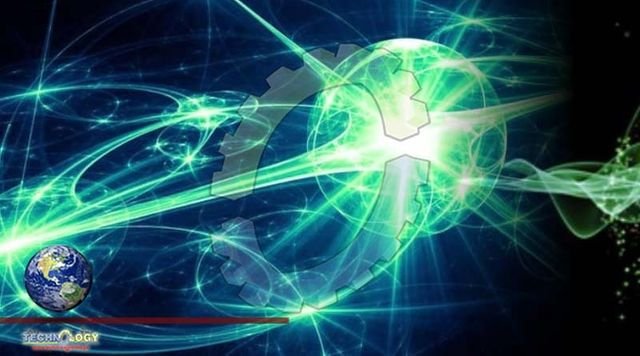A new and surprising duality has been found in theoretical particle physics. The duality exists between two types of scattering processes that can occur in the proton collisions made in the Large Hadron Collider (LHC) at CERN in Switzerland and France.

Surprisingly, the fact that this link can be made indicates that there is something in the fine intricacies of the standard model of particle physics that is not entirely understood. The standard model is a subatomic-scale picture of the world that describes all particles and their interactions, so when surprises occur, there is cause for attention. The scientific article has now been published in the journal Physical Review Letters.
Matthias Wilhelm received his PhD from Humboldt University Berlin before joining the Niels Bohr Institute in 2015. Since 2019, he has been leading a Villum Young Investigator junior research group, aiming to unravel the mathematical structures that govern our universe at the smallest scales.
The notion of duality occurs in different areas of physics. The most well-known duality is arguably the particle-wave duality in quantum mechanics. The classic double-slit experiment demonstrates how light acts as a wave, but Albert Einstein received his Nobel Prize for demonstrating how light behaves as a particle.
The strange thing is that light is actually both and neither of the two at the same time. There are simply two ways we can look at this entity, light, and each comes with a mathematical description. Both with a completely different intuitive idea, but still describe the same thing.
“What we have now found is a similar duality,” Matthias Wilhelm, Assistant Professor at the Niels Bohr International Academy, explains. “We calculated the prediction for one scattering process and for another scattering process.
Our current calculations are less experimentally tangible than the famous double-slit experiment, but there is a clear mathematical map between the two, and it shows that they both contain the same information. They are linked, somehow.”
At the Large Hadron Collider, we collide a lot of protons – in these protons there are a lot of smaller particles, the subatomic particles gluons and quarks. In the collision, two gluons from different protons can interact and new particles are created, such as the Higgs particle, resulting in intricate patterns in the detectors.
Source: This news is originally published by scitechdaily
